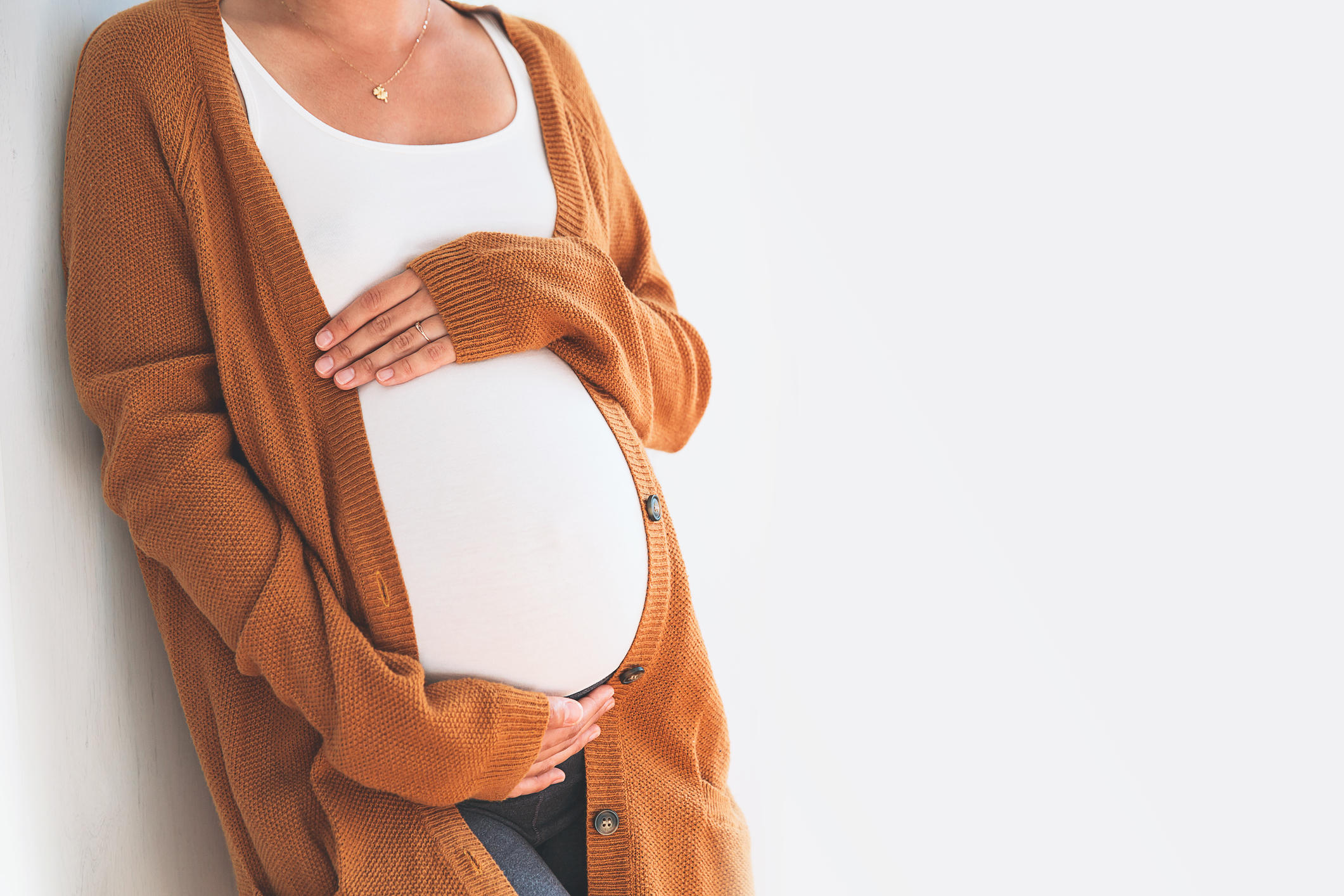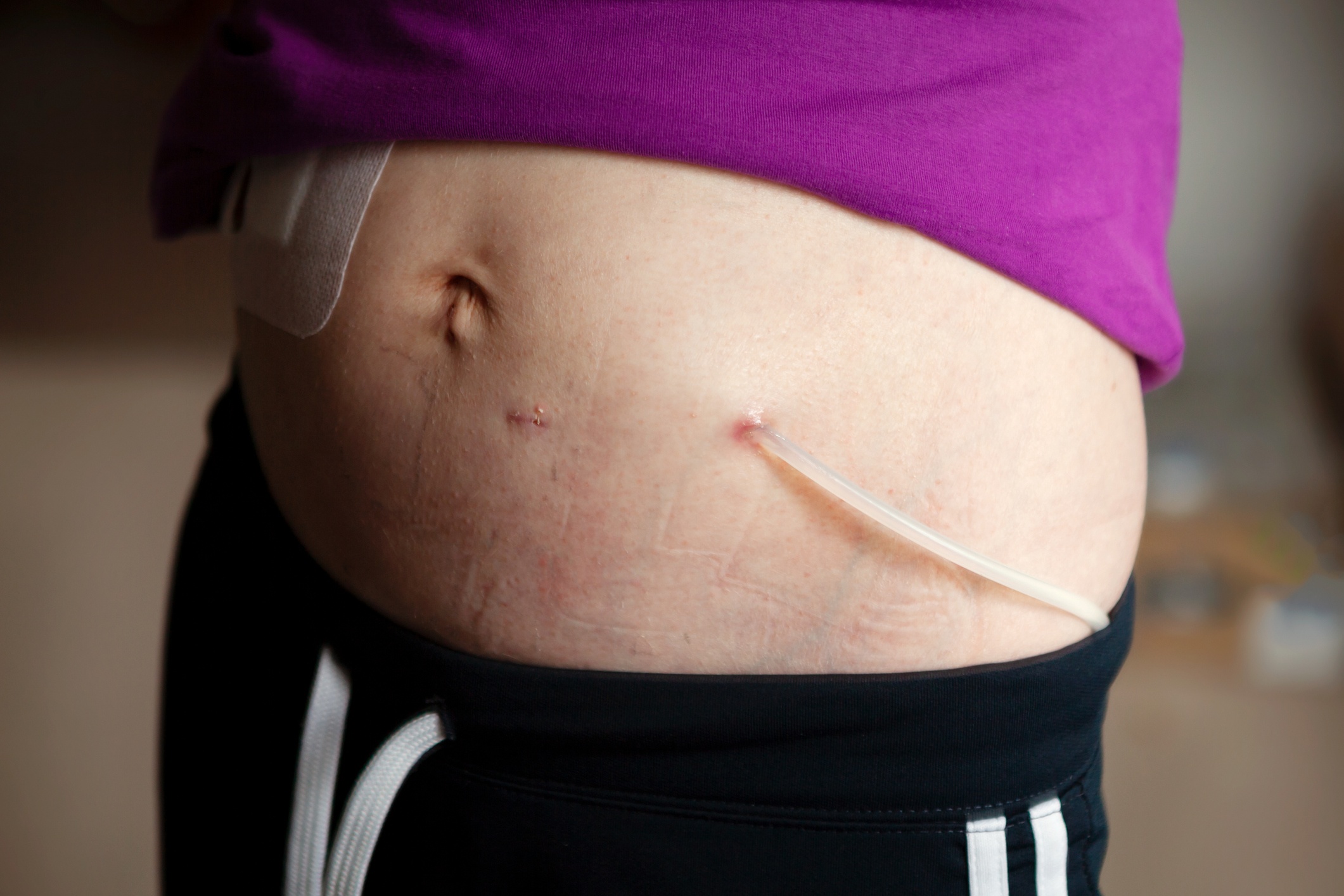
Management of pregnancy in women with end-stage renal disease (ERSD) presents a clinical challenge. There is a reduction in fertility as well as high rates of sexual dysfunction in women with ESRD. Women who are treated with dialysis have a high risk of maternal and fetal morbidities, including blood transfusion, severe hypertension, preeclampsia, and fetal demise. Kidney transplantation offers improvements in the biologic mechanisms of infertility in patients with ESRD; however, transplant recipients continue to experience pregnancy complications that include preeclampsia, cesarean delivery, and preterm delivery more frequently than women in the general population.
There are emerging data of successful pregnancies in women on hemodialysis. Data in the Australia and New Zealand Dialysis and Transplant Registry demonstrate an increasing rate of pregnancy in women receiving dialysis from 1976 to 2008, from 0.67 pregnancy per 1000 person-years in the period 1986 to 1995 to 3.3 per 1000 person-years in the period 1999 to 2008. There are few data available on a national level in the United States on childbirth in women with ERSD, particularly among women treated with dialysis.
Andrea L. Oliverio, MD, and colleagues conducted a retrospective cohort study to examine secular trends and outcomes of obstetric deliveries in a US cohort of women with ESRD. Results of the study were reported in the American Journal of Kidney Diseases [2020;75(5):762-771].
The researchers sought to test the hypothesis that there would be an association between shorter kidney replacement therapy vintage (time since ESRD) and a higher likelihood of delivery. In a subset of women receiving hemodialysis who delivered from 2012 to 2015, the study also examined the association between preterm delivery and intensity of prescribed hemodialysis.
The outcomes of interest were infant delivery, preterm delivery, and cesarean delivery.
Of 121,581 female Medicare beneficiaries 18 to 44 years of age with ESRD between January 1, 2002, and September 30, 2015, there were 1807 deliveries in 1607 women. Of women receiving hemodialysis, 11,718 had no delivery and 664 had 1+ deliveries; of those on peritoneal dialysis, 3225 had no delivery and 47 had 1+ deliveries; of those who underwent kidney transplantation, 25,446 had no delivery and 670 had 1+ deliveries; and of those with unknown modality, 79,585 had no delivery and 226 had 1+ deliveries.
Among all women 18 to 44 years of age with ESRD from 2002 to 2015, the majority were non-Hispanic white. The most common cause for ESRD was glomerulonephritis regardless of delivery status. Across all treatment modalities, delivering women were of shorter kidney replacement therapy vintage. During the study period, the average age at delivery increased from 29.1 years in 2002 to 31.9 years in 2015. Among women who delivered during the time period, the average age at ESRD incidence was 24.5 years, compared with 32.3 years among nondelivering women (P<.001). Of the cohort of delivering women, 81.8% received hemodialysis as their first treatment modality, 12% received peritoneal dialysis, 5.9% underwent transplantation first, and in 0.3% the first modality was unknown. At the time of delivery, 41% were being treated with hemodialysis, 2.8% with peritoneal dialysis, 42.8% with transplantation, and in 13% modality was unknown.
During the period 2002 to 2015, the unadjusted delivery rate among all women 18 to 44 years of age with ESRD increased from 2.6 to 3.8 per 1000 patient-years (P<.001). The delivery rate among women on hemodialysis increased from 2.1 to 3.6 per 100 patient-years (P<.001). Among transplant recipients with a functioning graft, the delivery rate increased from 3.1 to 4.6 per 1000 patient-years (P<.001). There was no significant increase in the delivery rate among women receiving peritoneal dialysis (range 0.5 to 1.4 delivery per 1000 patient-years during the study period and lower than for those receiving hemodialysis or a kidney transplant).
The odds ratio (OR) of delivery was higher in women with a functioning kidney transplant compared with women undergoing hemodialysis (2.14; 95% confidence interval [CI], 1.83-2.51). Women undergoing peritoneal dialysis had lower odds of delivery than those undergoing hemodialysis (OR, 0.32; 95% CI, 0.23-0.44). For each additional year after diagnosis of ESRD, the odds of delivery were lower by 1% (OR, 0.99; 95% CI, 0.97-1.00). There was an association between older age and lower odds of delivery (OR for each additional year, 0.91 (95% CI, 0.90-0.91).
Among the cohort of women with ESRD who delivered from 2002 to 2015, preterm delivery was seen in 41% of those on hemodialysis, 41% of those on peritoneal dialysis, and 33% of those with a functioning kidney transplant. The overall odds of preterm delivery during the study period decreased by 2% per year (OR per each additional year, 0.98; 95% CI, 0.97-0.99). Women with a functioning kidney transplant were less likely to deliver preterm compared with women undergoing hemodialysis (OR, 0.92; 95% CI, 0.84-1.00) and were more likely to have a cesarean delivery than women undergoing hemodialysis (OR, 1.18; 95% CI, 1.06-1.31).
The researchers cited some limitations to the study findings including limiting the analysis to women with Medicare as their primary insurer; relying on established International Classification of Diseases, Ninth Revision, Clinical Modification codes for identification of hospital deliveries of live-born infants, as well as preterm and cesarean deliveries; and the inability to control for residual kidney function in the analyses due to incomplete reporting in CROWNWeb.
In conclusion, the researchers said, “Obstetric delivery rates in women with ESRD increased by nearly 50% between 2002 and 2015, most notably for women receiving hemodialysis or with a functioning kidney transplant. These women are at high risk for preterm delivery, particularly among Black women with ESRD. To help understand best practices for improved outcomes in this high-risk population, future work should explore facilitators and barriers to implementation of outpatient intensified hemodialysis, as well as alternative settings for antenatal hemodialysis in the United States. Addressing family planning preferences of women of childbearing age with ESRD is an imperative for nephrologists and ESRD management teams as this challenging clinical scenario becomes more common over time.”
Takeaway Points
- Researchers conducted a retrospective cohort study to examine secular trends and outcomes of obstetric deliveries in a US cohort of women with end-stage renal disease (ESRD).
- During the study period 2002 to 2015, the delivery rate in women undergoing hemodialysis and women with a functioning kidney transplant increased form 2.1 to 3.6 and 3.1 to 4.6 per 1000 patient-years, respectively.
- Women with a functioning transplant were less likely to deliver preterm and more likely to have a cesarean delivery compared with women undergoing hemodialysis.







 © 2025 Mashup Media, LLC, a Formedics Property. All Rights Reserved.
© 2025 Mashup Media, LLC, a Formedics Property. All Rights Reserved.